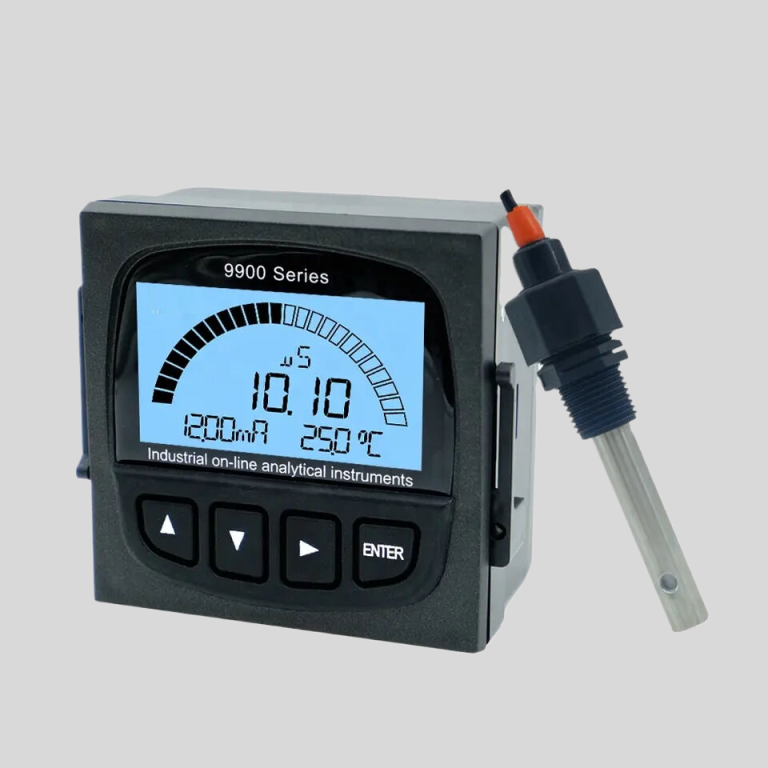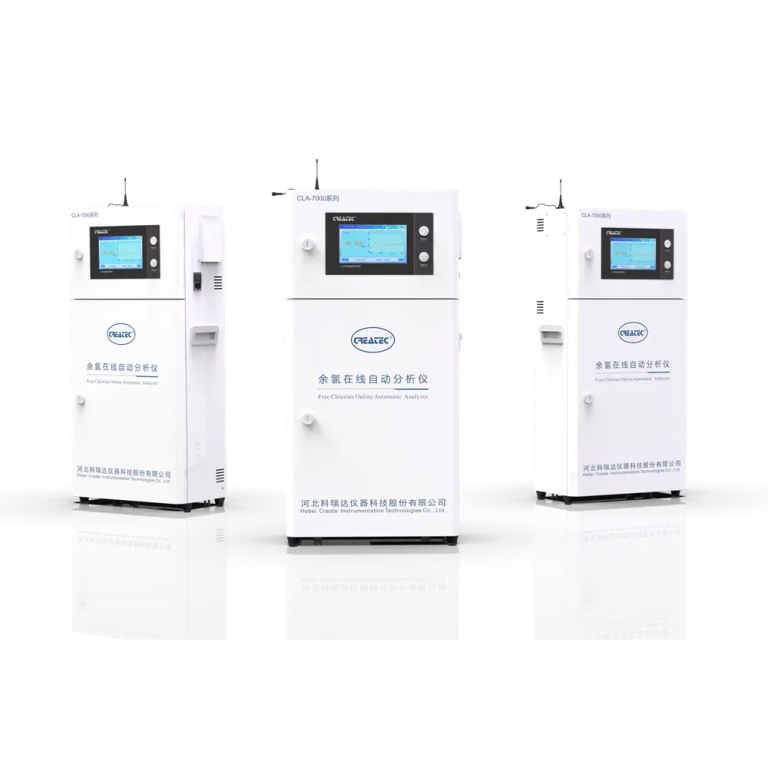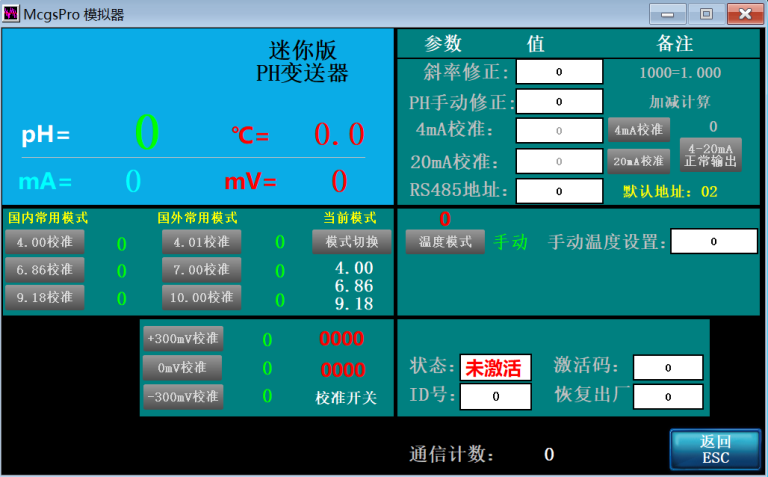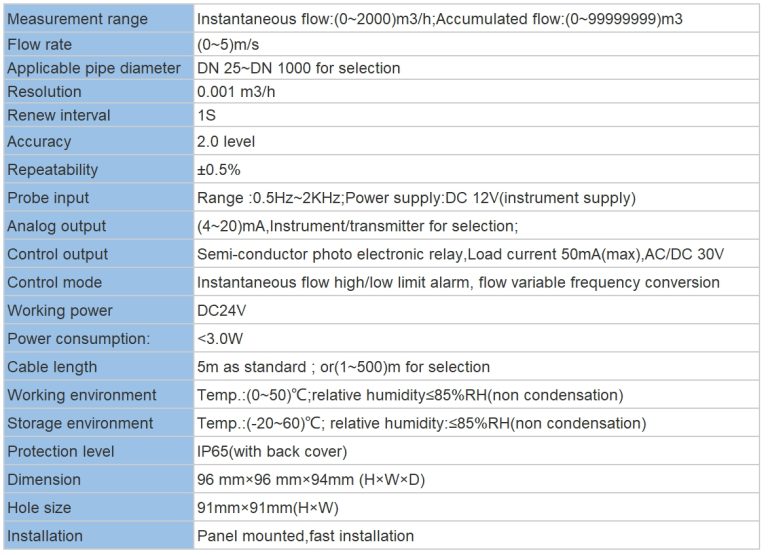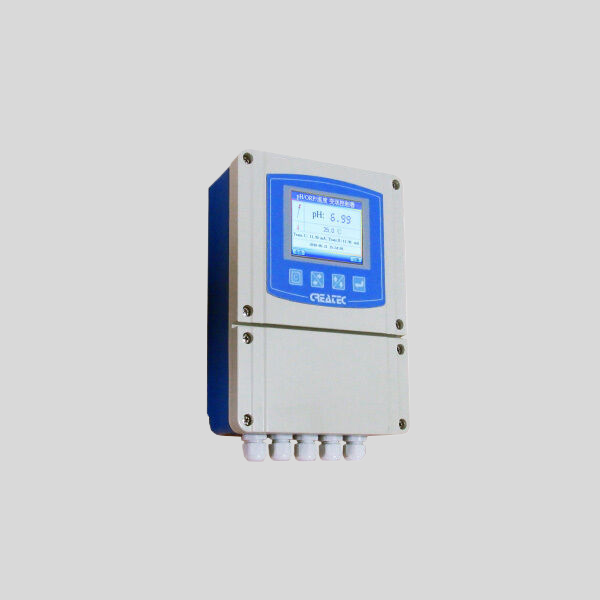Table of Contents
The Importance of Regularly Testing Bottled Water Quality
Bottled water has become a popular choice for many people who are looking for a convenient and portable way to stay hydrated. With so many options available on the market, it can be easy to assume that all bottled water is of the same quality. However, this is not always the case. Just like tap water, bottled water can vary in terms of its quality and safety.
One way to ensure that the bottled water you are consuming is safe and of high quality is to regularly test it. Testing bottled water can help to identify any potential contaminants or impurities that may be present in the water. This can help to protect your health and ensure that you are getting the best possible quality water.
There are a few different ways that you can test the quality of bottled water. One option is to use a home testing kit, which can be purchased at many hardware or home improvement stores. These kits typically come with instructions on how to collect a water sample and test it for various contaminants. While home testing kits can be a convenient and cost-effective option, they may not always provide the most accurate results.
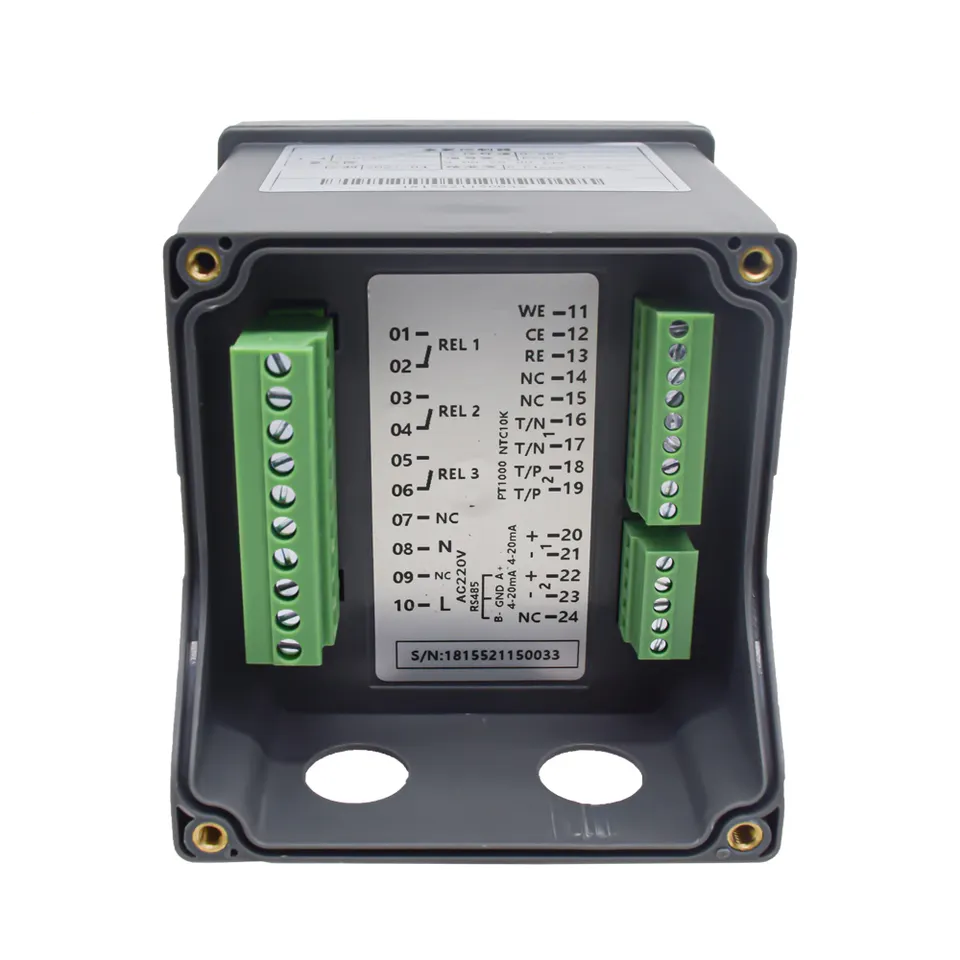
Another option is to send a sample of your bottled water to a certified laboratory for testing. These laboratories have the equipment and expertise to test for a wide range of contaminants, including bacteria, heavy metals, and chemicals. While this option may be more expensive than using a home testing kit, it can provide more accurate and reliable results.
Regularly testing bottled water is important for several reasons. First and foremost, it can help to ensure that the water you are consuming is safe and free from harmful contaminants. Contaminated water can cause a range of health problems, from minor stomach upset to more serious illnesses. By testing your bottled water regularly, you can help to protect yourself and your family from these potential health risks.
In addition to protecting your health, testing bottled water can also help to ensure that you are getting the best possible quality water. Bottled water is not always regulated as strictly as tap water, which means that there may be variations in quality between different brands and types of bottled water. By testing your water regularly, you can ensure that you are getting the best possible quality water for your money.
Overall, regularly testing bottled water is an important step in ensuring that you are consuming safe and high-quality water. Whether you choose to use a home testing kit or send a sample to a certified laboratory, testing your water can help to protect your health and ensure that you are getting the best possible quality water. By making testing a regular part of your routine, you can enjoy the peace of mind that comes with knowing that your bottled water is safe and free from contaminants.
How to Conduct a DIY Bottled Water Quality Test at Home
Bottled water has become a popular choice for many people who are looking for a convenient and portable way to stay hydrated. However, not all bottled water is created equal, and there have been concerns raised about the quality of some brands. If you are worried about the quality of the bottled water you are drinking, you may want to consider conducting a DIY bottled water quality test at home.
There are a few different methods you can use to test the quality of your bottled water. One of the simplest and most effective ways is to use a water testing kit. These kits are readily available online or at your local hardware store and are relatively easy to use. Most kits come with instructions on how to test for various contaminants, such as bacteria, lead, chlorine, and pH levels.
To conduct a water quality test using a testing kit, you will need to collect a sample of the bottled water you want to test. Make sure to follow the instructions provided with the kit carefully, as the testing process may vary depending on the contaminants you are testing for. Once you have collected your sample, you can use the testing kit to determine if there are any harmful contaminants present in the water.
Another method you can use to test the quality of your bottled water is to send a sample to a certified laboratory for analysis. Many laboratories offer water testing services for a fee, and they can provide you with detailed information about the quality of your water. This method is more accurate than using a testing kit, as laboratories have specialized equipment and trained professionals who can detect even trace amounts of contaminants in the water.
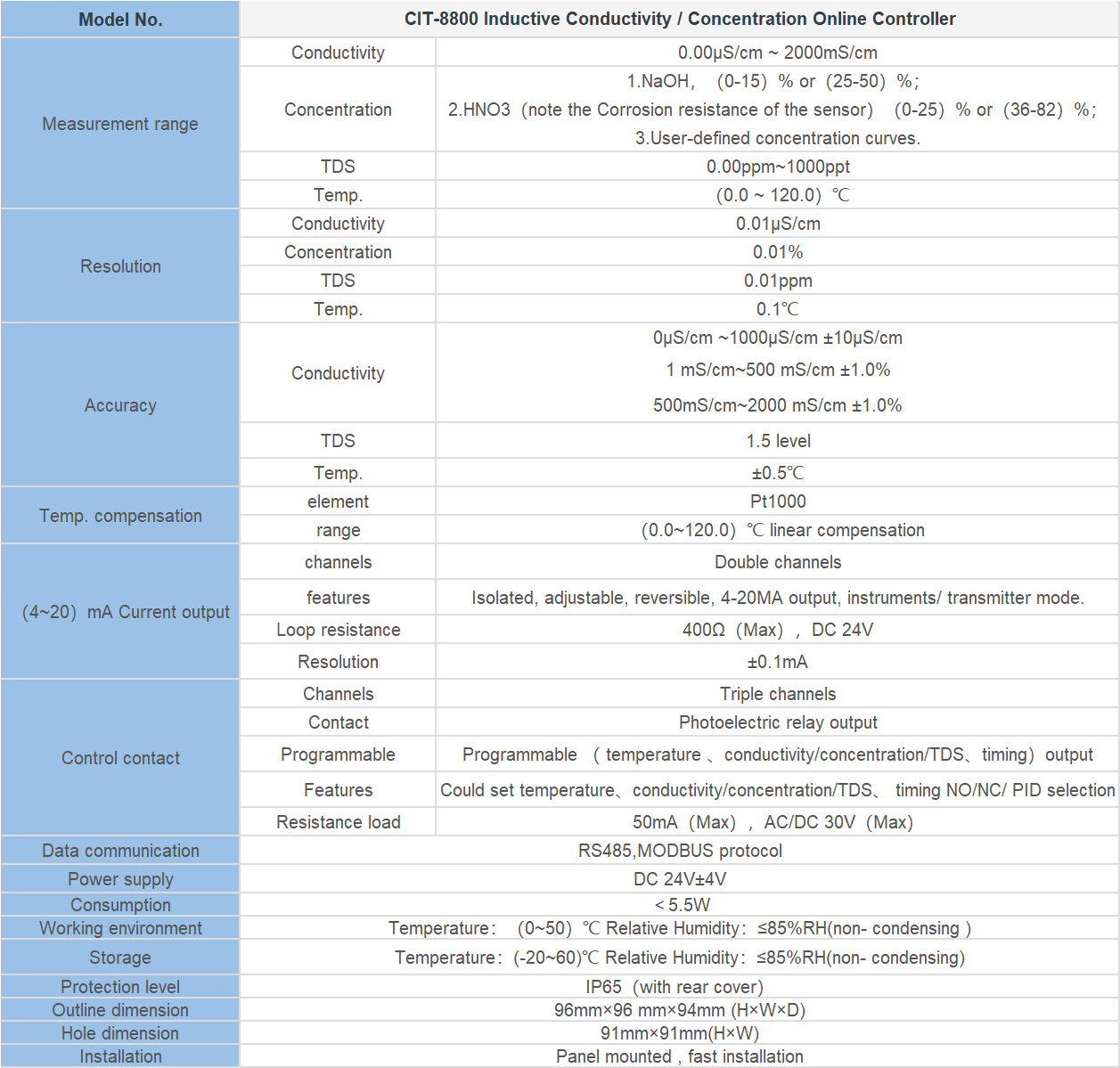
If you are concerned about the quality of your bottled water but do not want to spend money on a water testing kit or laboratory analysis, there are a few simple tests you can do at home to get a general idea of the water’s quality. One test you can try is a taste test. Good quality water should taste clean and refreshing, without any strange or off-putting flavors. If the water tastes odd or unpleasant, it may be a sign that there are contaminants present.
| Model | CCT-3300 Series Conductivity Online Controller |
| Constant | 0.01cm-1, 0.1 cm-1, 1.0cm-1, 10.0 cm-1 |
| Conductivity | (0.5~20)mS/cm,(0.5~2,000)uS/cm, (0.5~200)uS/cm, (0.05~18.25)MQ·cm |
| TDS | (250~10,000)ppm, (0.5~1,000)ppm, (0.25~100)ppm |
| Medium Temp. | (0~50)℃ |
| Resolution | Conductivity: 0.01uS/cm, TDS:0.01ppm, Temp.: 0.1℃ |
| Accuracy | Conductivity: 1.5%(FS), Resistivity:2.0%(FS), TDS: 1.5%(FS), Temp.: +/-0.5℃ |
| Temp. compensation | (0-50)°C (with 25℃ as Standard) |
| Cable length | ≤5m(MAX) |
| mA output | Isolated (4~20)mA, Instrument / Transmitter for selection |
| Control Output | relay contact: ON/OFF, Load capacity: AC 230V/5A(Max) |
| Working Environment | Temp.(0~50)℃;Relative Humidity ≤85%RH (none condensation) |
| Storage Environment | Temp.(-20~60)℃;Relative Humidity ≤85%RH (none condensation) |
| Power Supply | CCT-3300:DC 24V; CCT-3310: AC 110V; CCT-3320: AC 220V |
| Dimension | 48mmx96mmx80mm(HxWxD) |
| Hole Size | 44mmx92mm(HxW) |
| Installation | Panel mounted, fast installation |
You can also conduct a visual inspection of the bottled water. Hold the bottle up to the light and look for any particles or sediment floating in the water. Good quality water should be clear and free of any visible impurities. If you see any particles or sediment in the water, it may be a sign that the water is not as pure as it should be.
| ROS-8600 RO Program Control HMI Platform | ||
| Model | ROS-8600 Single Stage | ROS-8600 Double Stage |
| Measuring range | Source water0~2000uS/cm | Source water0~2000uS/cm |
| First level effluent 0~200uS/cm | First level effluent 0~200uS/cm | |
| secondary effluent 0~20uS/cm | secondary effluent 0~20uS/cm | |
| Pressure sensor(optional) | Membrane pre/post pressure | Primary/ secondary membrane front/rear pressure |
| ph sensor(optional) | —- | 0~14.00pH |
| Signal collection | 1.Raw water low pressure | 1.Raw water low pressure |
| 2.Primary booster pump inlet low pressure | 2.Primary booster pump inlet low pressure | |
| 3.Primary booster pump outlet high pressure | 3.Primary booster pump outlet high pressure | |
| 4.High liquid level of Level 1 tank | 4.High liquid level of Level 1 tank | |
| 5.Low liquid level of Level 1 tank | 5.Low liquid level of Level 1 tank | |
| 6.Preprocessing signal | 6.2nd booster pump outlet high pressure | |
| 7.Input standby ports x2 | 7.High liquid level of Level 2 tank | |
| 8.Low liquid level of Level 2 tank | ||
| 9.Preprocessing signal | ||
| 10.Input standby ports x2 | ||
| Output control | 1.Water inlet valve | 1.Water inlet valve |
| 2.Source water pump | 2.Source water pump | |
| 3.Primary booster pump | 3.Primary booster pump | |
| 4.Primary flush valve | 4.Primary flush valve | |
| 5.Primary dosing pump | 5.Primary dosing pump | |
| 6.Primary water over standard discharge valve | 6.Primary water over standard discharge valve | |
| 7.Alarm output node | 7.Secondary booster pump | |
| 8.Manual standby pump | 8.Secondary flush valve | |
| 9.Secondary dosing pump | 9.Secondary dosing pump | |
| Output standby port x2 | 10.Secondary water over standard discharge valve | |
| 11.Alarm output node | ||
| 12.Manual standby pump | ||
| Output standby port x2 | ||
| The main function | 1.Correction of electrode constant | 1.Correction of electrode constant |
| 2.Overrun alarm setting | 2.Overrun alarm setting | |
| 3.All working mode time can be set | 3.All working mode time can be set | |
| 4.High and low pressure flushing mode setting | 4.High and low pressure flushing mode setting | |
| 5.The low pressure pump is opened when preprocessing | 5.The low pressure pump is opened when preprocessing | |
| 6.Manual/automatic can be chosen when boot up | 6.Manual/automatic can be chosen when boot up | |
| 7.Manual debugging mode | 7.Manual debugging mode | |
| 8.Alarm if communication interruption | 8.Alarm if communication interruption | |
| 9. Urging payment settings | 9. Urging payment settings | |
| 10. Company name,website can be customized | 10. Company name,website can be customized | |
| Power supply | DC24V±10% | DC24V±10% |
| Expansion interface | 1.Reserved relay output | 1.Reserved relay output |
| 2.RS485 communication | 2.RS485 communication | |
| 3.Reserved IO port, analog module | 3.Reserved IO port, analog module | |
| 4.Mobile/computer/touch screen synchronous display | 4.Mobile/computer/touch screen synchronous display | |
| Relative humidity | ≦85% | ≤85% |
| Environment temperature | 0~50℃ | 0~50℃ |
| Touch screen size | 163x226x80mm (H x W x D) | 163x226x80mm (H x W x D) |
| Hole Size | 7 inch:215*152mm(wide*high) | 215*152mm(wide*high) |
| Controller size | 180*99(long*wide) | 180*99(long*wide) |
| Transmitter size | 92*125(long*wide) | 92*125(long*wide) |
| Installation method | Touch screen:panel embedded; Controller: plane fixed | Touch screen:panel embedded; Controller: plane fixed |
In conclusion, testing the quality of your bottled water is an important step in ensuring that you are drinking safe and clean water. Whether you choose to use a water testing kit, send a sample to a laboratory, or conduct simple tests at home, it is essential to know what is in the water you are consuming. By taking the time to test the quality of your bottled water, you can have peace of mind knowing that you are making a healthy choice for yourself and your family.

